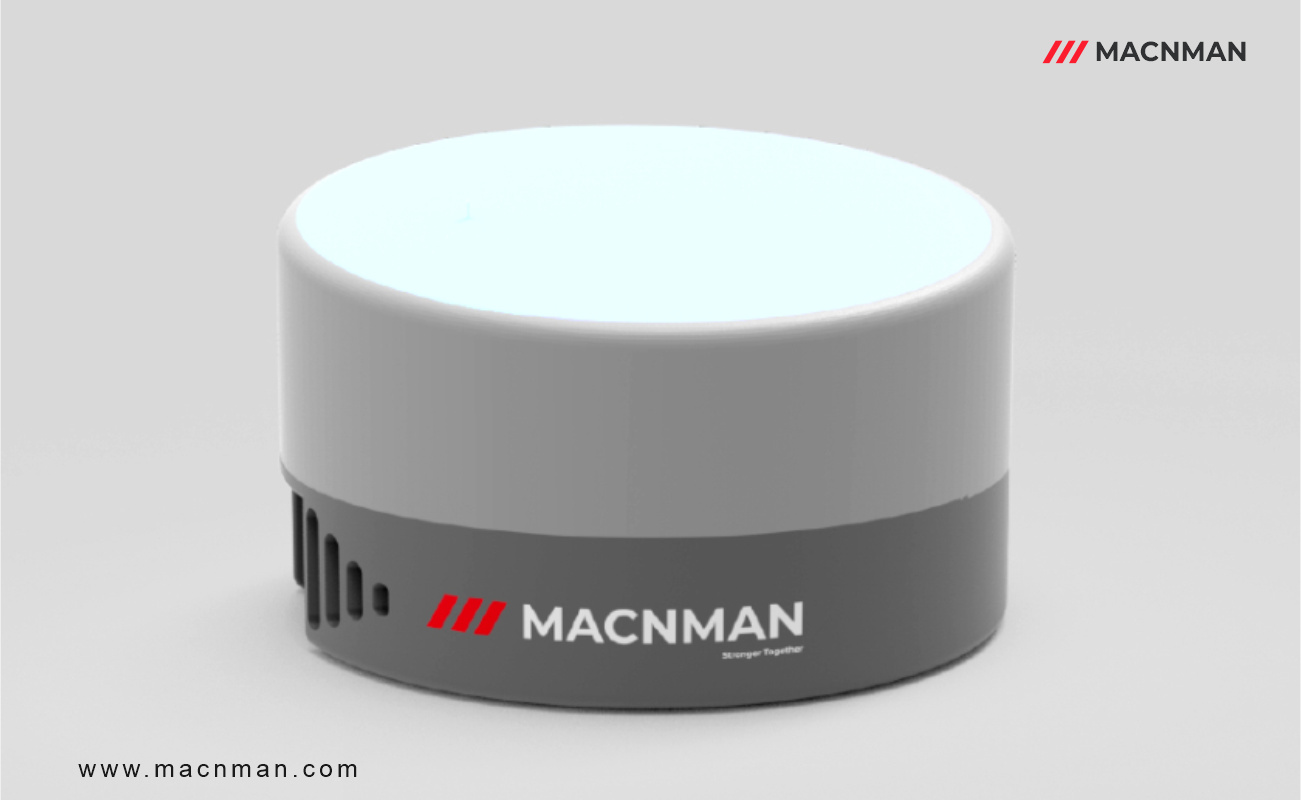
In today's world, the Internet of Things (IoT) is becoming increasingly popular, and as a result, so is the need for long-range, low-power wireless communication technologies. LoRaWAN (Long Range Wide Area Network) is a promising technology that can provide long-range communication at low power consumption and is ideal for IoT devices. In this blog, we will provide a technical guide to LoRaWAN technology LoRaWAN gateway, including its key features, advantages, and applications.
Key Features or Fundamentals of LoRaWAN Gateway:
- LPWAN technology
- LoRaWAN Architecture
- Long Range
- Low Power consumption
- Secured Network
- Scalability
- Low Cost
- Multiple Classes of Devices
- Data Rates and Payload Sizes
- Wide Application Range
LPWAN Technology: LoRaWAN utilizes low-power, wide-area network technology to enable long-range communication while consuming minimal power, making it suitable for battery-operated devices and applications.
LoRaWAN Architecture: The LoRaWAN network consists of three main components: end devices (sensors or devices with data to transmit), gateways (network infrastructure for receiving and transmitting data), and a network server (manages the network and data routing).
Long Range Connectivity: LoRaWAN provides long-range connectivity, allowing devices to communicate over several kilometers in open areas, making it ideal for applications that require wide coverage such as smart cities, agriculture, and industrial monitoring.
Low Power Consumption: LoRaWAN devices have low power requirements, enabling them to operate on battery power for an extended period, typically ranging from months to years, depending on the device and usage.
Secure Communication: LoRaWAN incorporates security features at different levels, including device authentication, data encryption, and integrity checks, ensuring secure communication between devices and the network.
Scalability: LoRaWAN networks can scale efficiently, supporting a large number of devices within a single network. The network capacity can be extended by deploying additional gateways to cover larger areas or accommodate more devices.
Multiple Classes of Devices: LoRaWAN supports different classes of devices that offer various trade-offs between power consumption and downlink communication capabilities, allowing flexibility in accommodating different application requirements.
Data Rates and Payload Sizes: LoRaWAN supports various data rates, allowing devices to transmit data at different speeds depending on the range and required throughput. The payload size can vary from a few bytes to several kilobytes.
Wide Application Range: LoRaWAN is suitable for a wide range of applications, including smart agriculture, asset tracking, environmental monitoring, smart cities, industrial automation, and more, due to its long-range capabilities and low power consumption.
Understanding these fundamentals can help in designing and deploying efficient LoRaWAN networks for specific IoT applications.
Functions of LoRaWAN Gateway

- Receiving & decoding the signals
- Filtering & routing the data
- Data Transmission
- Network Management
Receiving and decoding signals: The gateway receives the wireless signals transmitted by LoRaWAN devices and decodes them using the LoRaWAN protocol.
Filtering and routing data: The gateway filters and routes the data received from devices to the appropriate network server based on device IDs and other parameters.
Data transmission: The gateway transmits data to the network server using a backhaul network, such as Ethernet or Wi-Fi.
Network management: The gateway manages the LoRaWAN network by synchronizing with the network server, managing device connections and handovers, and handling error conditions.
Applications of LoRaWAN Gateways:
Agriculture: LoRaWAN gateways are connected to various sensors and devices in agriculture, such as soil moisture sensors, temperature sensors, and weather stations. The network can help farmers monitor crop conditions, optimize irrigation, and improve crop yields.
Smart Cities: LoRaWAN gateways can be used to connect various devices in smart cities, such as parking sensors, street lighting, waste management systems, and environmental sensors. The network can help city authorities monitor and optimize resource usage, reduce costs, and improve the quality of life for residents.
Industrial IoT: LoRaWAN can be used to connect various sensors and devices in industrial settings, such as manufacturing plants, warehouses, and logistics centers. The network can help organizations monitor and optimize operations, track assets and inventory, and improve safety.
Healthcare: LoRaWAN can be used to connect various medical devices, such as blood glucose meters, blood pressure monitors, and activity trackers. The network can help healthcare providers monitor patient health remotely, improve care delivery, and reduce costs.
Asset Tracking: LoRaWAN can be used to track assets such as shipping containers, pallets, and vehicles. The network can help organizations improve supply chain visibility, reduce theft, and optimize logistics.
Logistics: LoRaWAN technology can be used for supply chain management, asset tracking, and temperature monitoring, among other applications of IoT devices.
Conclusion
LoRaWAN technology is a promising technology that can provide long-range, low-power wireless communication for IoT devices. It operates with LoRaWAN gateways & its low power consumption, long-range, scalability, security, and low deployment cost make it ideal for various applications such as smart agriculture, smart cities, and industrial IoT. With the increasing popularity of IoT devices, LoRaWAN technology is expected to play a significant role in the future of wireless communication & IoT applications.